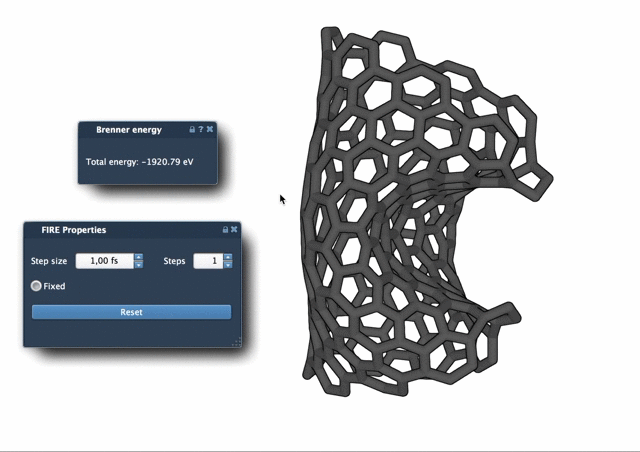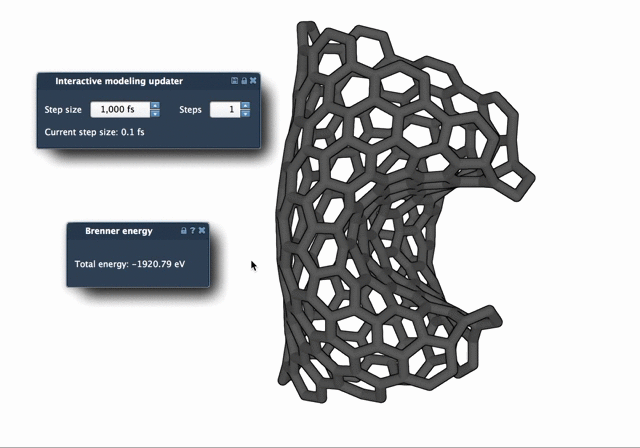If you’ve ever run a molecular model through a simulation without optimizing its geometry first, you probably know the risks: instability, unrealistic forces, or alignment issues that skew downstream results. Geometry optimization is a fundamental step in molecular modeling—but it’s often time-consuming.
Enter the FIRE Minimizer (Fast Inertial Relaxation Engine), an algorithm designed to make structural relaxation both faster and more efficient than classical techniques like steepest descent. Especially when working with large or flexible molecular systems, FIRE can help you reach energy minima quickly, setting you up for simulations that are smoother and more accurate.
Why Is FIRE Useful?
Compared to other methods like steepest descent, FIRE can offer faster convergence for collective motions—this means it excels when atoms move as groups, such as in large conformational changes or when optimizing complex assemblies. Its speed and general-purpose design make it a popular choice for “pre-simulation cleanup,” minimizing atom clashes and guiding molecules toward more realistic starting points.
FIRE integrates smoothly with SAMSON, the integrative platform for molecular design. Any SAMSON interaction model works with FIRE, so you can pair it with established force fields or novel simulations, depending on your needs.
How Does It Compare Visually?
One of the clearest ways to see FIRE’s efficiency is to visualize how structures evolve under its influence. Below, you can compare FIRE relaxation with standard steepest descent. Notice how the structure settles more quickly and smoothly under FIRE:


The difference is especially noticeable when geometry changes are subtle but significant. In these cases, steepest descent can get stuck in shallow gradients, while FIRE leverages inertial mixing to keep movements productive.
Common Use Case: NMR Structural Restraint
Models derived from NMR data often need adjustment, as they may contain high-energy geometries due to sparse experimental restraints. The Molecular Restrainer Extension in SAMSON uses the FIRE Minimizer for exactly this—gently but efficiently optimizing such structures while preserving key features derived from NMR measurements.
When FIRE Is Not Enough
While FIRE is a powerful starting point, it does have limitations. For instance, in deeply rugged energy landscapes, a stochastic minimizer or simulated annealing might offer better results. FIRE is deterministic by nature, and won’t escape local minima on its own.
Want to Try It?
You can easily integrate FIRE into your workflow:
- Add the FIRE Minimizer Extension from SAMSON Connect
- Choose it as a State Updater inside a Simulator
- Tweak settings like step size and number of steps per viewport update
If you’ve manually adjusted atoms and want to recalculate forces, you can reset FIRE’s internal history with a single click. Settings like fixed step size and update frequency let you balance speed with visual clarity during minimization.
You’ll find more information, settings, and step-by-step guides in the official FIRE Minimizer tutorial.
SAMSON and all SAMSON Extensions are free for non-commercial use. You can download SAMSON at https://www.samson-connect.net.





